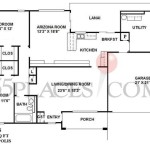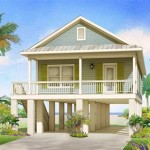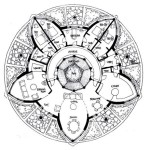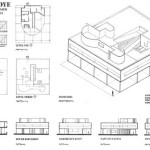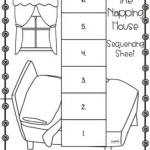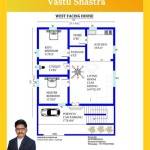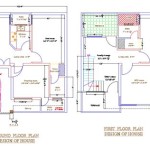Essential Aspects of Ghana House Plans and Designs
Ghana, a vibrant country in West Africa, boasts a rich architectural heritage and a growing demand for modern and functional homes. When it comes to designing houses in Ghana, numerous essential aspects come into play, shaping the overall aesthetics, functionality, and livability of the space.
1. Climate and Geography
Ghana's tropical climate, characterized by high temperatures and humidity, heavily influences its house design. Homes are typically designed to maximize natural ventilation and minimize heat gain. Large windows, balconies, and verandas allow for cross-ventilation, while shaded areas and courtyards provide respite from the sun.
2. Cultural Influences
Ghanaian house designs often reflect the country's diverse cultural heritage. Traditional architectural elements, such as clay walls, thatched roofs, and open courtyards, can be incorporated into contemporary homes. Additionally, local materials like bamboo, wood, and stone are commonly used to create unique and sustainable designs.
3. Land Availability and Cost
The availability and cost of land in Ghana are significant factors in house design. In urban areas where land is scarce and expensive, homes tend to be compact and multi-story, maximizing space utilization. In rural areas, houses may be more sprawling and have larger plots of land.
4. Functional Requirements
The functional requirements of the occupants play a crucial role in house design. The number of bedrooms, bathrooms, living spaces, and other amenities should be carefully considered to ensure the home meets the specific needs of the family.
5. Building Materials
The choice of building materials is essential for durability, aesthetics, and cost. In Ghana, concrete blocks, bricks, and wood are commonly used for construction. Concrete blocks provide strength and durability, while bricks give a traditional and elegant look. Wood is often employed for roofing and interior finishes, adding warmth and character to the space.
6. Architectural Style
Ghanaian house designs encompass a wide range of architectural styles, from traditional to modern and contemporary. Traditional homes feature simple lines, earthy colors, and indigenous materials. Modern designs prioritize clean lines, open spaces, and energy efficiency. Contemporary homes often combine elements from both traditional and modern styles, creating a unique and stylish aesthetic.
7. Outdoor Spaces
Outdoor spaces are an integral part of Ghanaian homes. Courtyards, patios, and gardens provide areas for relaxation, entertainment, and socializing. These spaces are often designed to create a seamless transition between the indoor and outdoor environment, enhancing the overall livability of the home.
Conclusion
Designing a house in Ghana involves a multifaceted approach that considers various factors, from climate and geography to cultural influences and functional requirements. By carefully addressing these elements, architects and homeowners can create houses that are not only aesthetically pleasing but also functional, sustainable, and tailored to the unique needs of Ghanaian society.

Home Design Plans By The Best Ghana Architects

Ghana House Plans Architects

Ghana Dypsis House Floor Plans

Ghana Coastal House Plans For All N Countries

Four Bedroom Modern House Design Id 24502 Plans Maramani

Small Cottage Plans Designed For A Growing Family In

Ohene Ghana House Plans Designs Architects In

Ghana House Plans Lovely Luxury Best Design

Building Plans For 4 Beds Baths House Plan All Homes

House Blueprints For South Namibia Swaziland More

